- Third quarter revenue increased 28% year over year to a record $3.2 billion, with organic revenue growth of 3%
- Signed approximately $750 million in annualized revenue year to date; on track to win a record level of new business in 2024
- Sales pipeline increased 30% year over year to $2.4 billion and stands at a two-year high
- Reaffirmed full-year 2024 guidance
GXO Logistics, Inc. (NYSE: GXO) today announced results for the third quarter 2024.
Malcolm Wilson, chief executive officer of GXO, said, “We have increasing momentum in our business. In the third quarter, we delivered our highest-ever quarterly revenue of $3.2 billion, reflecting growth of 28% year over year, along with sequential improvement in organic revenue growth and strong free cash flow.
“We signed $226 million of new business wins, bringing year-to-date wins to about $750 million. Our sales pipeline stands at its highest level in more than two years, and we are on track to deliver a record year for new business wins in 2024.
“We’re seeing increasing demand for ecommerce capacity. This is a long-term structural tailwind that has been a key growth driver for us over the past five years. More than half of our new wins in the third quarter originated from e-fulfillment, and we also opened the largest ecommerce warehouse in France, in partnership with one of our long-term customers.
“Our performance gives us confidence in the acceleration of our organic growth in 2025 and beyond. GXO is well positioned to capitalize on the secular supply chain trends of complexity, ecommerce, automation and outsourcing, and to deliver long-term profitable growth.”
Third Quarter 2024 Results
Revenue increased to $3.2 billion, up 28% year over year, compared with $2.5 billion for the third quarter 2023. Organic revenue1 grew by 3%.
Net income was $35 million, compared with $68 million for the third quarter 2023. Diluted earnings per share was $0.28, compared with $0.55 for the third quarter 2023.
Adjusted earnings before interest, taxes, depreciation and amortization (“adjusted EBITDA1”) was $223 million, compared with $200 million for the third quarter 2023. Adjusted diluted EPS1 was $0.79, compared with $0.69 for the third quarter 2023.
GXO generated $198 million of cash flow from operations, compared with $243 million for the third quarter 2023. In the third quarter of 2024, GXO generated $110 million of free cash flow1, compared with $191 million of free cash flow1 for the third quarter 2023.
Cash Balances and Outstanding Debt
As of September 30, 2024, cash and cash equivalents (excluding restricted cash), debt outstanding and net debt1 were $548 million, $2.8 billion and $2.2 billion, respectively.
Guidance
The company reaffirms its guidance for the full year 20241 as follows:
- Organic revenue growth1 of 2% to 5%;
- Adjusted EBITDA1 of $805 million to $835 million;
- Adjusted diluted EPS1 of $2.73 to $2.93; and
- Adjusted EBITDA1 to free cash flow1 conversion of 30% to 40%.
- For definitions of non-GAAP measures see the “Non-GAAP Financial Measures” section in this press release.
- Our guidance reflects current FX rates.
Conference Call
GXO will hold a conference call on Tuesday, November 5, 2024, at 8:30 a.m. Eastern Time. Participants can call toll free (from US/Canada) 877-407-8029; international callers dial +1 201-689-8029. Conference ID: 13749227. A live webcast of the conference will be available on the Investor Relations area of the company’s website, investors.gxo.com. The conference will be archived until November 19, 2024. To access the replay by phone, call toll-free (from US/Canada) 877-660-6853; international callers dial +1 201-612-7415. Use participant passcode 13749227.
Informacje na temat GXO Logistics
GXO Logistics, Inc. (NYSE: GXO) jest największym na świecie operatorem logistyki kontraktowej, który korzysta z dynamicznego rozwoju e-commerce, automatyzacji oraz outsourcingu. GXO dąży do zapewnienia opartego na różnorodności, atrakcyjnego miejsca pracy dla ponad 130 tys. pracowników w ponad 970 centrach logistycznych o łącznej powierzchni 20 mln m2. Firma współpracuje z największymi globalnymi markami na świecie, dostarczając zwinne i skalowalne odpowiedzi na złożone wyzwania logistyczne za pomocą zaawansowanych technologicznie rozwiązań w zakresie łańcucha dostaw i e-commerce. Siedziba GXO znajduje się w Greenwich, Conn, USA. Więcej informacji dostępnych jest na stronie GXO.com , a także na profilach GXO w mediach społecznościowych: LinkedIn, X, Facebook, Instagram i YouTube.
Non-GAAP Financial Measures
As required by the rules of the Securities and Exchange Commission (“SEC”), we provide reconciliations of the non-GAAP financial measures contained in this press release to the most directly comparable measure under GAAP, which are set forth in the financial tables attached to this release.
GXO’s non-GAAP financial measures in this press release include: adjusted earnings before interest, taxes, depreciation and amortization (“adjusted EBITDA”), adjusted EBITDA margin, adjusted earnings before interest, taxes and amortization (“adjusted EBITA”), adjusted EBITA, net of income taxes paid, adjusted EBITA margin, adjusted net income attributable to GXO, adjusted earnings per share (basic and diluted) (“adjusted EPS”), free cash flow, free cash flow conversion, organic revenue, organic revenue growth, net leverage ratio, net debt, and operating return on invested capital (“ROIC”).
We believe that the above adjusted financial measures facilitate analysis of our ongoing business operations because they exclude items that may not be reflective of, or are unrelated to, GXO’s core operating performance, and may assist investors with comparisons to prior periods and assessing trends in our underlying businesses. Other companies may calculate these non-GAAP financial measures differently, and therefore our measures may not be comparable to similarly titled measures used by other companies. GXO’s non-GAAP financial measures should only be used as supplemental measures of our operating performance.
Adjusted EBITDA, adjusted EBITA, adjusted net income attributable to GXO and adjusted EPS include adjustments for transaction and integration costs, litigation expenses as well as restructuring costs and other adjustments as set forth in the financial table below. Transaction and integration adjustments are generally incremental costs that result from an actual or planned acquisition, divestiture or spin-off and may include transaction costs, consulting fees, retention awards, internal salaries and wages (to the extent the individuals are assigned full-time to integration and transformation activities), and certain costs related to integrating and separating IT systems. Litigation expenses primarily relate to the settlement of ongoing legal matters. Restructuring costs primarily relate to severance costs associated with business optimization initiatives.
We believe that adjusted EBITDA, adjusted EBITDA margin, adjusted EBITA, adjusted EBITA, net of income taxes paid, and adjusted EBITA margin, improve comparability from period to period by removing the impact of our capital structure (interest and financing expenses), asset base (depreciation and amortization of intangible assets acquired), tax impacts and other adjustments as set out in the attached tables, which management has determined are not reflective of core operating activities and thereby assist investors with assessing trends in our underlying businesses.
We believe that organic revenue and organic revenue growth are important measures because they exclude the impact of foreign currency exchange rate fluctuations, revenue from acquired businesses and revenue from disposed business.
We believe that adjusted net income attributable to GXO and adjusted EPS improve the comparability of our operating results from period to period by removing the impact of certain costs and gains, which management has determined are not reflective of our core operating activities, including amortization of acquisition-related intangible assets.
We believe that free cash flow and free cash flow conversion are important measures of our ability to repay maturing debt or fund other uses of capital that we believe will enhance stockholder value. We calculate free cash flow as cash flow from operations less capital expenditures plus proceeds from sale of property and equipment. We calculate free cash flow conversion as free cash flow divided by adjusted EBITDA, expressed as a percentage.
We believe that net debt and net leverage ratio are important measures of our overall liquidity position and are calculated by adding bank overdrafts and removing cash and cash equivalents from our total debt and net debt as a ratio of our adjusted EBITDA. We calculate ROIC as our trailing twelve months adjusted EBITA, net of income taxes paid, divided by the average invested capital. We believe ROIC provides investors with an important perspective on how effectively GXO deploys capital and use this metric internally as a high-level target to assess overall performance throughout the business cycle.
Management uses these non-GAAP financial measures in making financial, operating and planning decisions and evaluating GXO’s ongoing performance.
With respect to our financial targets for full-year 2024 organic revenue growth, adjusted EBITDA, adjusted diluted EPS, and free cash flow conversion, a reconciliation of these non-GAAP measures to the corresponding GAAP measures is not available without unreasonable effort due to the variability and complexity of the reconciling items described above that we exclude from these non-GAAP target measures. The variability of these items may have a significant impact on our future GAAP financial results and, as a result, we are unable to prepare the forward-looking statements of income and cash flows prepared in accordance with GAAP, that would be required to produce such a reconciliation.
Stwierdzenia dotyczące przyszłości
This press release includes forward-looking statements within the meaning of Section 27A of the Securities Act of 1933, as amended, and Section 21E of the Securities Exchange Act of 1934, as amended. All statements other than statements of historical fact are, or may be deemed to be, forward-looking statements, including the acceleration of our organic revenue growth in 2025 and beyond and our full-year 2024 guidance. In some cases, forward-looking statements can be identified by the use of forward-looking terms such as “anticipate,” “estimate,” “believe,” “continue,” “could,” “intend,” “may,” “plan,” “potential,” “predict,” “should,” “will,” “expect,” “objective,” “projection,” “forecast,” “goal,” “guidance,” “outlook,” “effort,” “target,” “trajectory” or the negative of these terms or other comparable terms. However, the absence of these words does not mean that the statements are not forward-looking. These forward-looking statements are based on certain assumptions and analyses made by the company in light of its experience and its perception of historical trends, current conditions and expected future developments, as well as other factors the company believes are appropriate in the circumstances.
These forward-looking statements are subject to known and unknown risks, uncertainties and assumptions that may cause actual results, levels of activity, performance or achievements to be materially different from any future results, levels of activity, performance or achievements expressed or implied by such forward-looking statements. Factors that might cause or contribute to a material difference include, but are not limited to, the risks discussed in our filings with the SEC and the following: economic conditions generally; supply chain challenges, including labor shortages; competition and pricing pressures; our ability to align our investments in capital assets, including equipment, service centers and warehouses, to our respective customers’ demands; our ability to successfully integrate and realize anticipated benefits, synergies, cost savings and profit improvement opportunities with respect to acquired companies, including the acquisition of Wincanton; acquisitions may be unsuccessful or result in other risks or developments that adversely affect our financial condition and results; our ability to develop and implement suitable information technology systems and prevent failures in or breaches of such systems; our indebtedness; our ability to raise debt and equity capital; litigation; labor matters, including our ability to manage its subcontractors, and risks associated with labor disputes at our customers’ facilities and efforts by labor organizations to organize its employees; risks associated with defined benefit plans for our current and former employees; our ability to attract or retain necessary talent; the increased costs associated with labor; fluctuations in currency exchange rates; fluctuations in fixed and floating interest rates; fluctuations in customer confidence and spending; issues related to our intellectual property rights; governmental regulation, including environmental laws, trade compliance laws, as well as changes in international trade policies and tax regimes; governmental or political actions, including the United Kingdom’s exit from the European Union; natural disasters, terrorist attacks or similar incidents; damage to our reputation; a material disruption of our operations; the inability to achieve the level of revenue growth, cash generation, cost savings, improvement in profitability and margins, fiscal discipline, or strengthening of competitiveness and operations anticipated or targeted; failure in properly handling the inventory of our customers; the impact of potential cyber-attacks and information technology or data security breaches; and the inability to implement technology initiatives or business systems successfully; our ability to achieve Environmental, Social and Governance goals; and a determination by the IRS that the distribution or certain related spin-off transactions should be treated as taxable transactions. Other unknown or unpredictable factors could cause actual results to differ materially from those in the forward-looking statements. Such forward-looking statements should therefore be construed in the light of such factors.
All forward-looking statements set forth in this release are qualified by these cautionary statements and there can be no assurance that the actual results or developments anticipated by us will be realized or, even if substantially realized, that they will have the expected consequences to or effects on us or our business or operations. Forward-looking statements set forth in this release speak only as of the date hereof, and we do not undertake any obligation to update forward-looking statements to reflect subsequent events or circumstances, changes in expectations or the occurrence of unanticipated events, except to the extent required by law.
Kontakt dla mediów
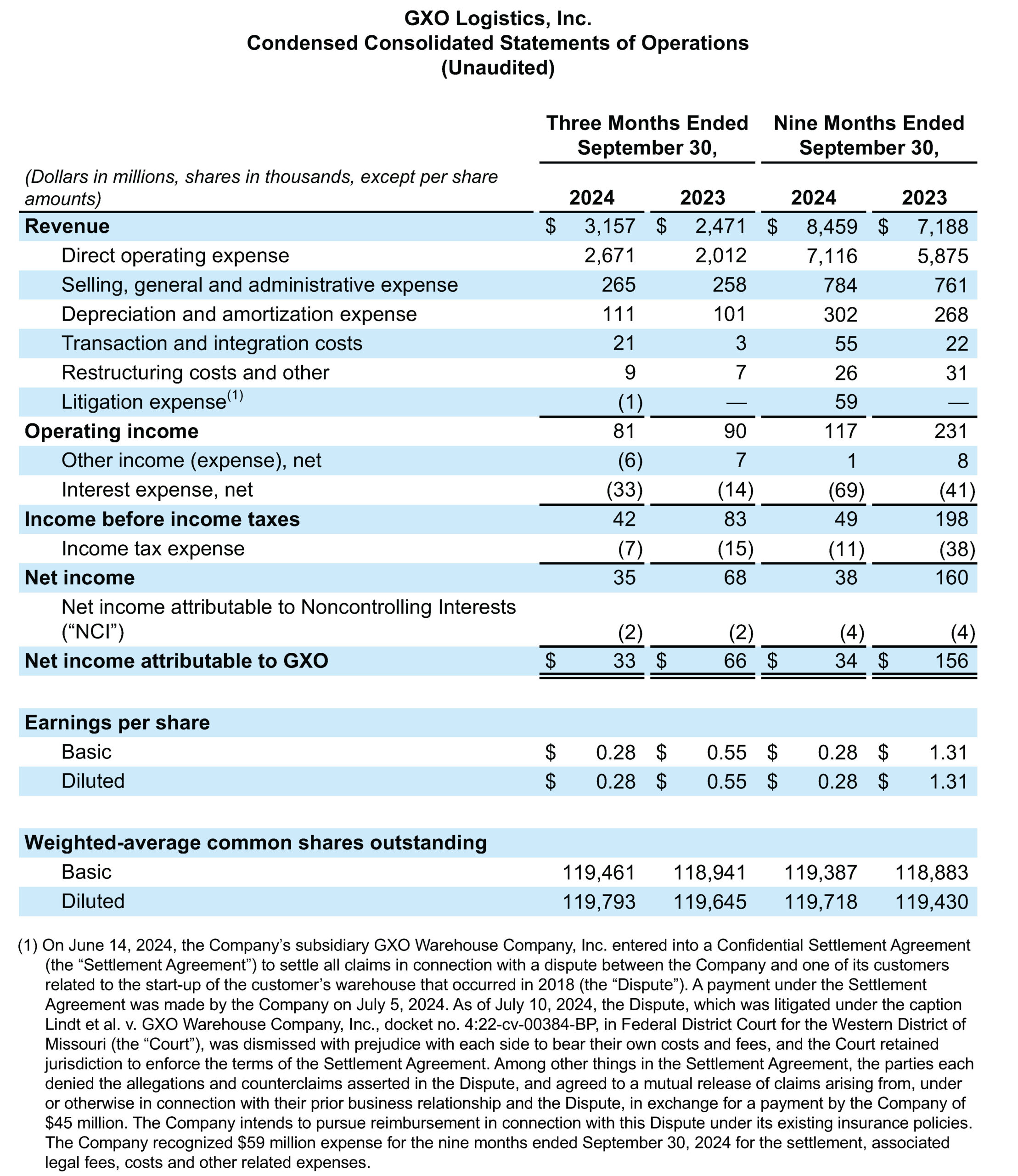


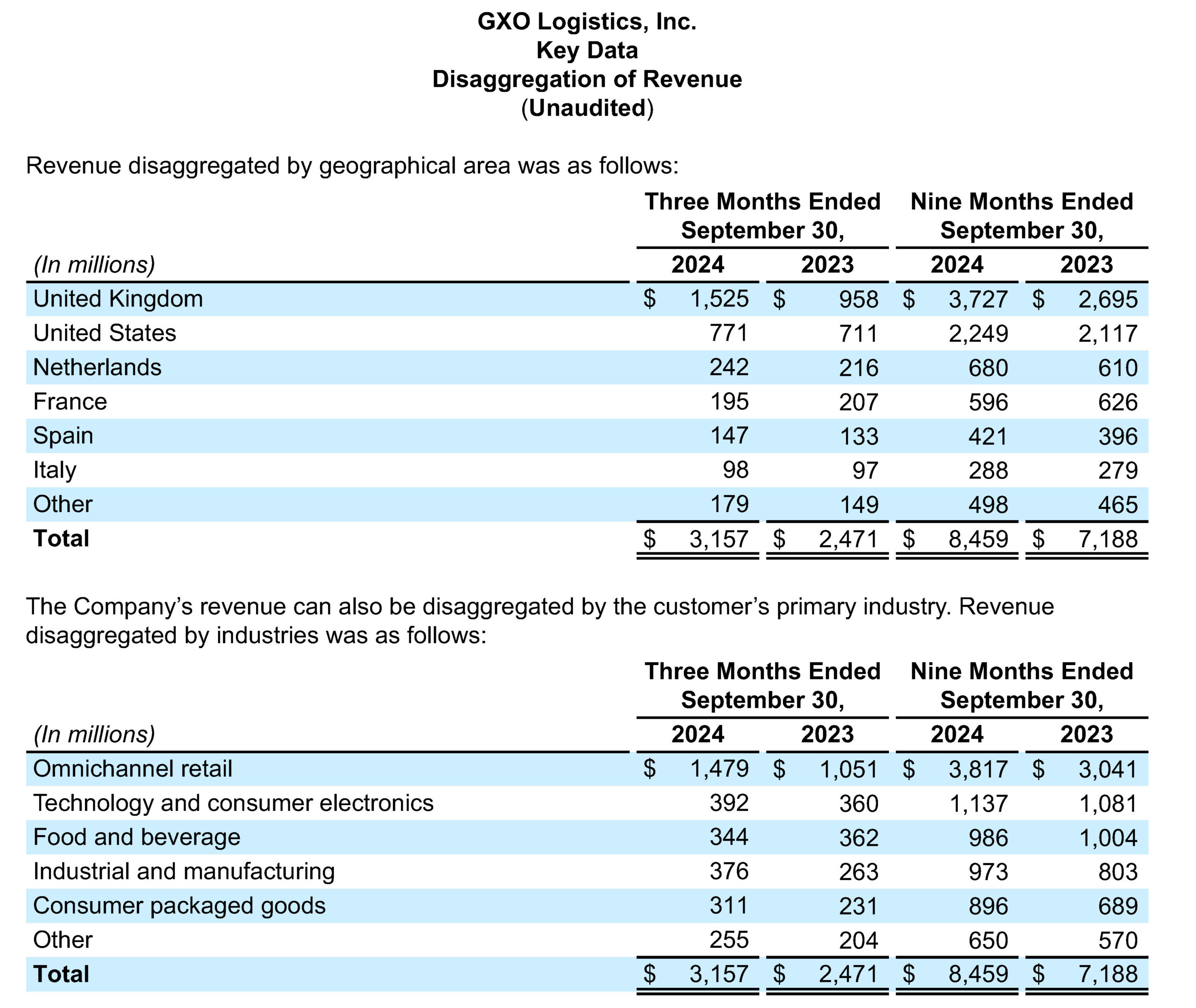
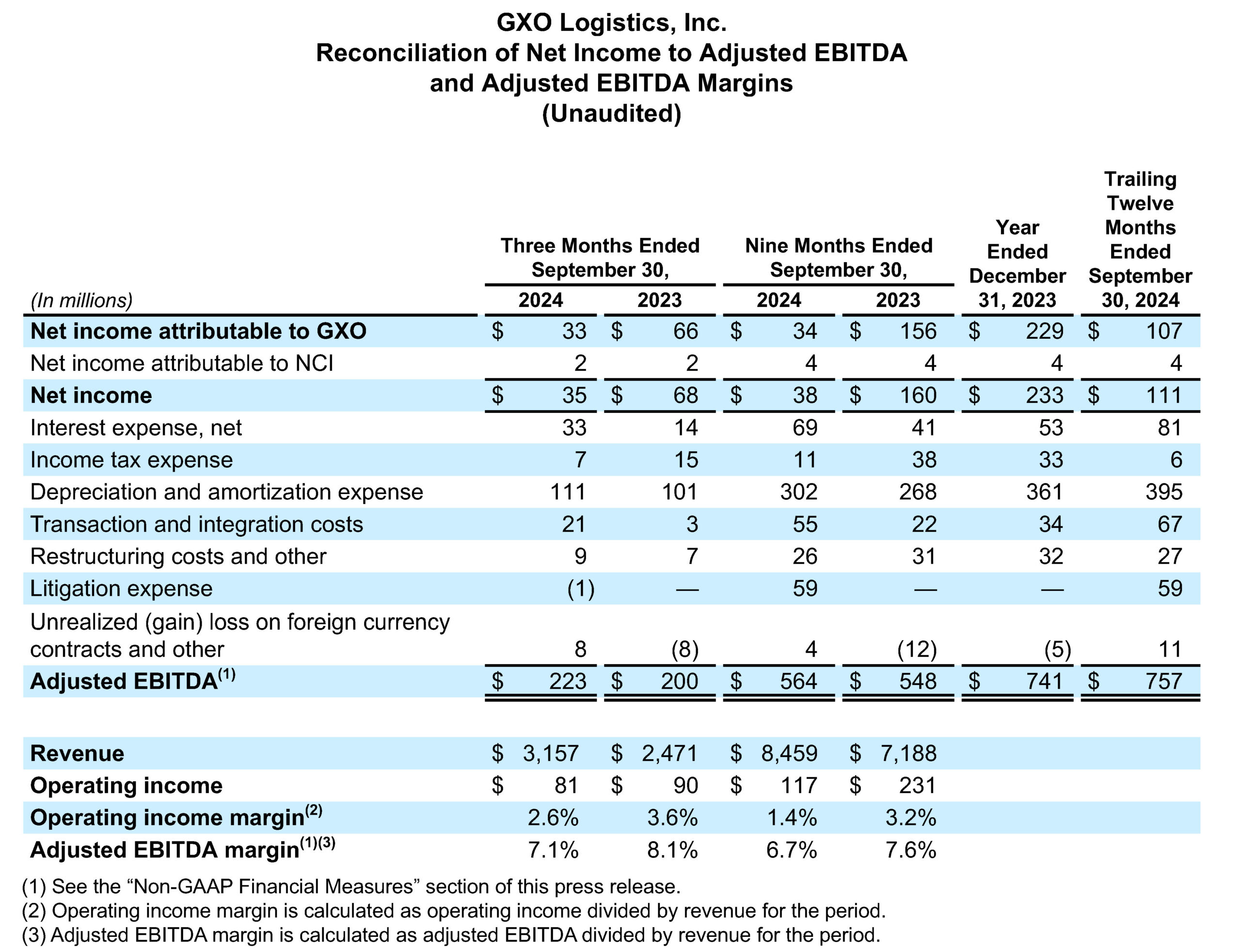

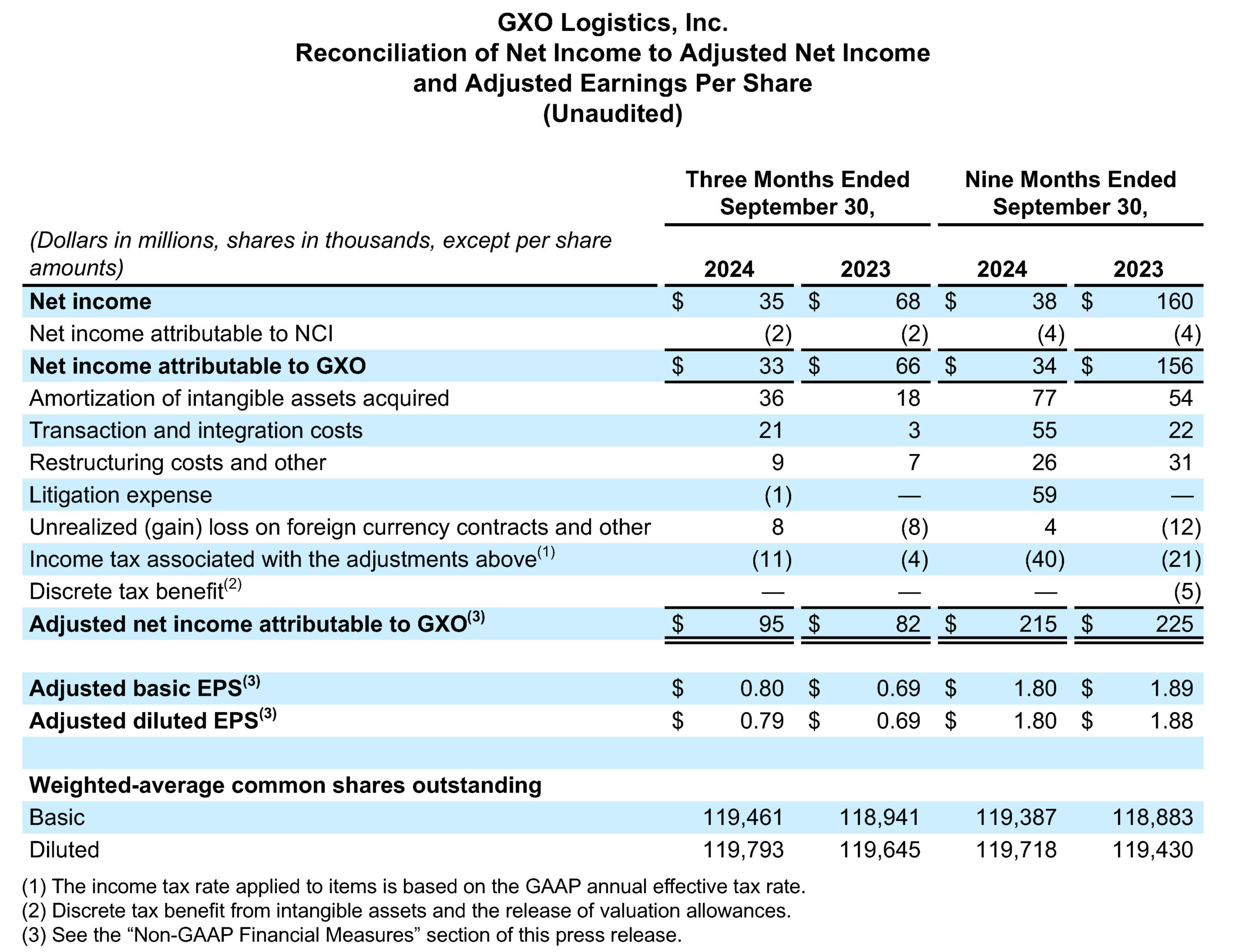
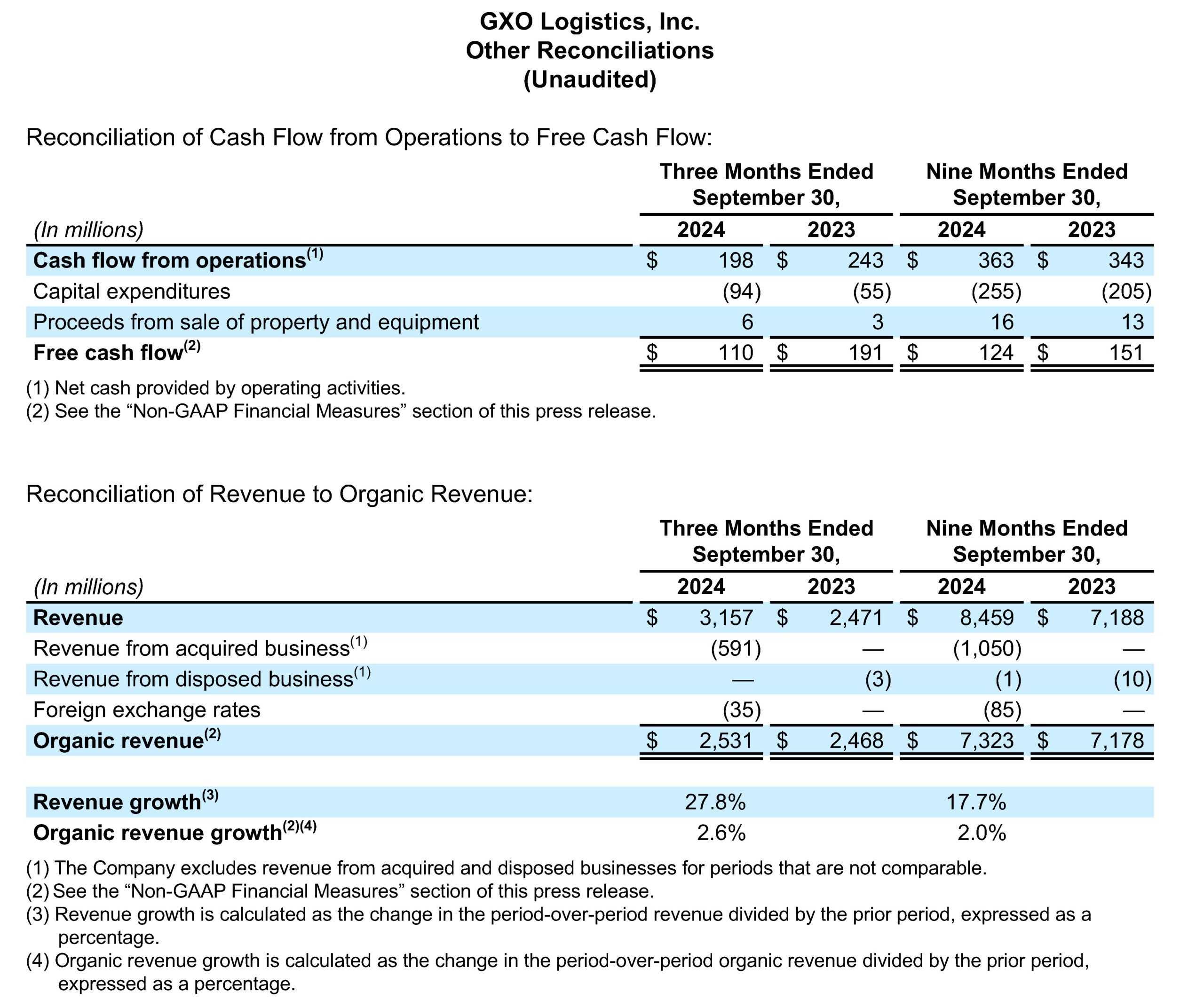
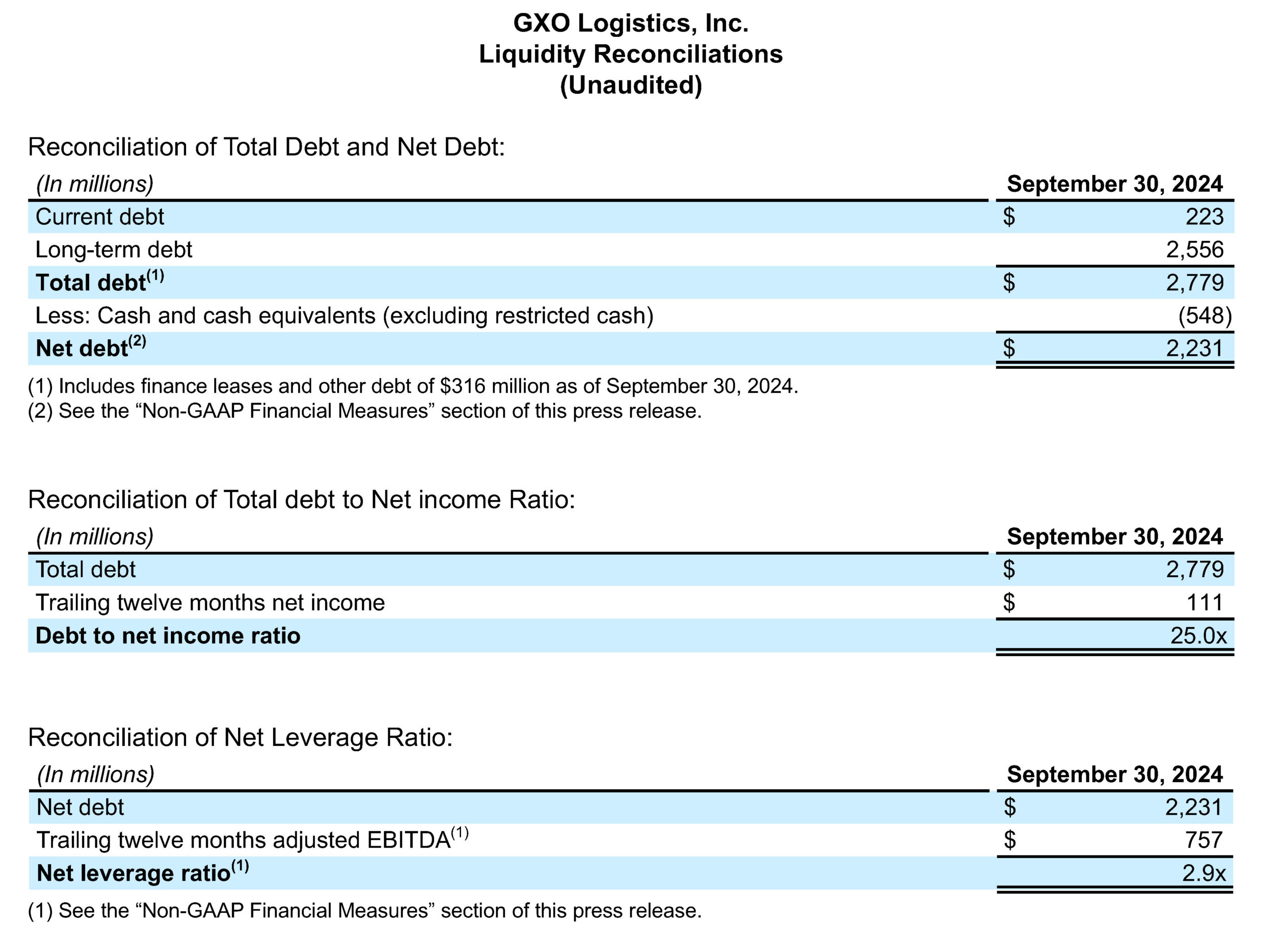

Click here to download this press release in PDF format.